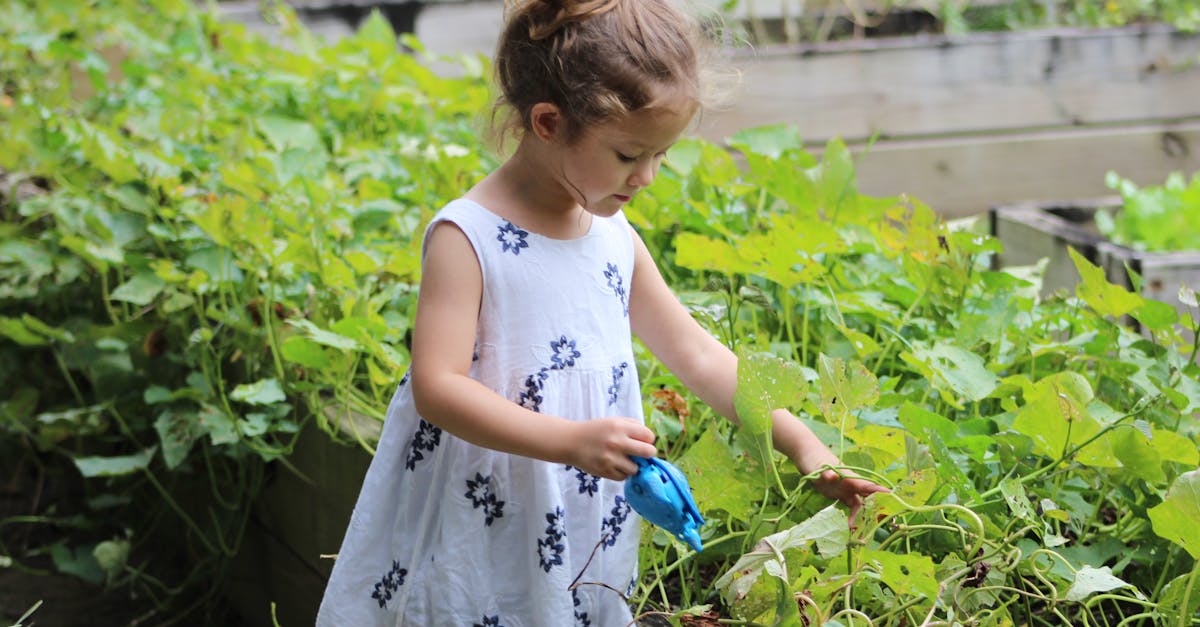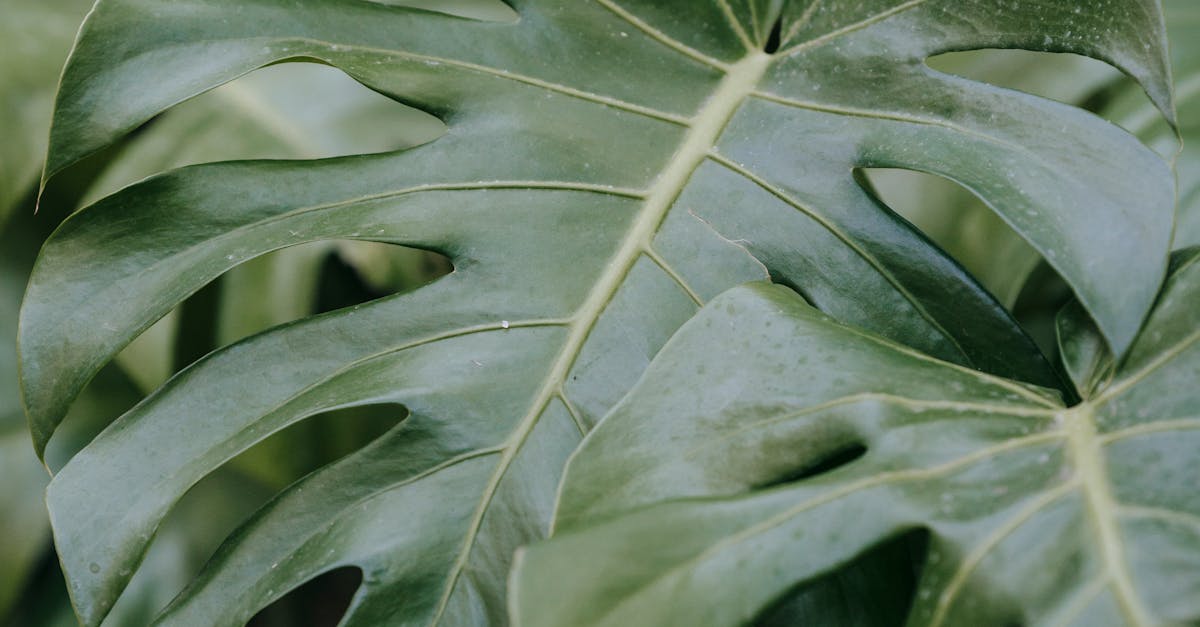Nourishing Your Plants for a Burst of Blooms: A Comprehensive Guide to Fertilizing for Abundant Flowers

Whether you’re a seasoned gardener or just starting to explore the world of plant care, understanding the art of fertilizing your plants is crucial for maximizing their growth and blooms. This comprehensive guide will take you through all the essential steps of plant fertilization, from understanding their nutritional needs to choosing the right fertilizers and applying them effectively. By following these expert tips, you’ll be well on your way to cultivating a thriving, vibrant garden filled with an abundance of beautiful blooms.
Plants, like all living organisms, require a balanced diet to thrive. Just as we need protein, carbohydrates, and vitamins to function optimally, plants need essential nutrients for healthy growth and flowering. The primary macronutrients that plants require are nitrogen (N), phosphorus (P), and potassium (K), often referred to as the NPK ratio. Nitrogen is crucial for leaf production and overall plant growth, phosphorus is essential for root development and flowering, and potassium supports water transport, nutrient uptake, and disease resistance.
In addition to these macronutrients, plants also benefit from a range of micronutrients, such as calcium, magnesium, sulfur, iron, and zinc. These micronutrients play specific roles in various plant processes, from photosynthesis to enzyme production. A deficiency in any of these essential nutrients can lead to stunted growth, yellowing leaves, or reduced flowering. Understanding your plants’ nutritional needs is the first step towards providing them with the nourishment they require to flourish.
1. Understanding Plant Nutrition
Just like humans need a balanced diet to thrive, plants require a specific range of nutrients for optimal growth and flowering. Understanding plant nutrition is essential for any gardener who wants to cultivate a thriving, vibrant garden. The primary macronutrients that plants need are nitrogen (N), phosphorus (P), and potassium (K), often referred to as the NPK ratio. Each of these macronutrients plays a vital role in plant development:
- Nitrogen (N): Nitrogen is crucial for leaf production and overall plant growth. It is a component of chlorophyll, the green pigment that allows plants to photosynthesize and produce food. Nitrogen deficiency can lead to stunted growth, yellowing leaves, and reduced yields.
- Phosphorus (P): Phosphorus is essential for root development and flowering. It helps plants absorb and use other nutrients, and it plays a role in energy transfer within the plant. Phosphorus deficiency can lead to poor root growth, weak stems, and reduced flowering.
- Potassium (K): Potassium supports water transport, nutrient uptake, and disease resistance. It helps plants regulate their water balance, and it plays a role in activating enzymes that are essential for plant metabolism. Potassium deficiency can lead to wilting, yellowing leaves, and increased susceptibility to pests and diseases.
In addition to these macronutrients, plants also benefit from a range of micronutrients, such as calcium, magnesium, sulfur, iron, and zinc. These micronutrients play specific roles in various plant processes, from photosynthesis to enzyme production. A deficiency in any of these essential nutrients can lead to stunted growth, yellowing leaves, or reduced flowering. Understanding your plants’ nutritional needs is the first step towards providing them with the nourishment they require to flourish.
2. Fertilizing Before Flowering

To promote abundant flowering, fertilizing your plants before they start blooming is crucial. The optimal time to fertilize is when the plant is actively growing new leaves and stems, typically a few weeks before flowering is expected. This gives the plant ample time to absorb the nutrients and use them for bud formation and development.
When choosing a fertilizer for pre-flowering, opt for one that is high in phosphorus (P). Phosphorus is essential for root development and flowering, and it helps plants produce more buds and blooms. Look for a fertilizer with an NPK ratio that is higher in phosphorus, such as 5-10-5 or 10-20-10. Avoid fertilizers that are high in nitrogen (N), as too much nitrogen can promote leafy growth at the expense of flowering.
When applying fertilizer before flowering, follow the instructions on the fertilizer package carefully. Over-fertilizing can damage your plants, so it’s always better to err on the side of caution. Water the plant thoroughly before applying fertilizer, and then apply the fertilizer according to the package directions. Water the plant again after fertilizing to help the fertilizer penetrate the soil. By following these tips, you can provide your plants with the nutrients they need to produce an abundance of beautiful blooms.
3. Fertilizing During Flowering
Once your plants are in full bloom, their fertilizer needs change slightly. During flowering, plants require a balanced fertilizer that provides all the essential nutrients they need to support vibrant blooms and extend their lifespan. Look for a fertilizer with an NPK ratio that is equal, such as 10-10-10 or 20-20-20. These fertilizers provide a good balance of nitrogen, phosphorus, and potassium, which are all essential for flowering plants.
When fertilizing during flowering, it’s important to apply the fertilizer more frequently than you did before flowering. Fertilize your plants every two to three weeks, or according to the instructions on the fertilizer package. Water the plant thoroughly before applying fertilizer, and then apply the fertilizer according to the package directions. Water the plant again after fertilizing to help the fertilizer penetrate the soil.
In addition to fertilizing, there are a few other things you can do to support your plants during flowering. Make sure your plants are getting enough sunlight, water, and air circulation. Deadhead spent blooms to encourage new growth and flowering. By following these tips, you can help your plants produce an abundance of beautiful blooms that will last for weeks to come.
4. Fertilizing After Flowering
After your plants have finished flowering, it’s important to continue fertilizing them for a few more weeks. Post-flowering fertilization helps plants recover from the stress of flowering and prepare for future growth. It also helps to replenish the nutrients that were used up during flowering.
When fertilizing after flowering, use a fertilizer that is lower in nitrogen and higher in phosphorus and potassium. A fertilizer with an NPK ratio of 5-10-10 or 10-20-10 is a good choice. Apply the fertilizer according to the instructions on the package, and water the plant thoroughly after fertilizing.
In addition to fertilizing, there are a few other things you can do to help your plants recover after flowering. Water your plants regularly, and deadhead spent blooms to encourage new growth. With a little care, your plants will soon be back to their healthy, vibrant selves and ready to produce another round of beautiful blooms next season.
5. Common Fertilizers and Application Tips
There are a wide variety of fertilizers available on the market, each with its own unique benefits and drawbacks. Here are a few of the most common types of fertilizers:
- Synthetic fertilizers are made from化学物质, and they are typically very concentrated. Synthetic fertilizers are often used by commercial growers because they are relatively inexpensive and easy to apply. However, synthetic fertilizers can also be harmful to the environment, and they can contribute to water pollution. organic fertilizerare made from natural materials, such as compost, manure, and bone meal. Organic fertilizers are less concentrated than synthetic fertilizers, but they are also more environmentally friendly. Organic fertilizers can help to improve the soil structure and fertility, and they can also provide a slow release of nutrients to plants.
- Natural fertilizers are derived from nature sources and contain minerals, organic matter, and will promote the growth of healthy soil. Guano is a good example of an all-natural fertilizer.
When applying fertilizer, it is important to follow the instructions on the package carefully. Over-fertilizing can damage your plants, so it’s always better to err on the side of caution. Here are a few general tips for effective fertilizer application:
- Water your plants before fertilizing. This will help the fertilizer to penetrate the soil more easily.
- Apply the fertilizer evenly around the base of the plant. Avoid getting fertilizer on the leaves, as this can burn them.
- Water the plant again after fertilizing. This will help the fertilizer to dissolve and reach the roots of the plant.
By following these tips, you can ensure that your plants are getting the nutrients they need to thrive.
Quiz: Test Your Plant Fertilization Knowledge
- Which of the following is NOT a macronutrient essential for plant growth?
(a) Nitrogen (b) Phosphorus (c) Potassium (d) Calcium
-
True or False: Over-fertilizing plants can be beneficial for their growth.
-
What is the optimal time to fertilize plants before flowering?
(a) When the plant is активно growing new leaves and stems (b) When the plant is in full bloom (c) After the plant has finished flowering
- Which type of fertilizer is made from natural materials and is less concentrated than synthetic fertilizers?
(a) Synthetic fertilizers (b) Organic fertilizers (c) Natural fertilizers
- True or False: It is important to water plants after applying fertilizer.
Answer Key:
- (d)
- False
- (a)
- (b)
- True
Answer Key:
- (d)
- False
- (a)
- (b)
- True
